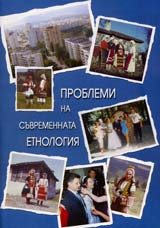
We kindly inform you that, as long as the subject affiliation of our 300.000+ articles is in progress, you might get unsufficient or no results on your third level or second level search. In this case, please broaden your search criteria.





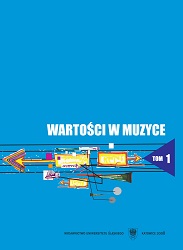
The article is a general reflection on the issue of cognitive values of Silesian folk songs. The song repertoire was looked at in the article from several perspectives, taking into consideration its connections with a folk tradition. Much onus fell on the lexical layer characterizing the reality and diversity of song content and function. The basic scope of artistic means within poetics and song melody was discussed. Important comments concerned the means of transmission, rules of functioning and folklore communication.The suggestions encouraging the audience to read the song parts proved the fact that Silesian folk songs are the book of knowledge on traditional, family, social and artistic culture, and a fundamental source of getting to know the past, as well as consolidating the feeling of one’s own identity.
More...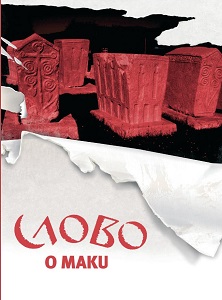
Oral literature for Mak Dizdar represented, among other things, inexhaustible source of motifs and expressions. In distinction from the oral love lyric poetry, which is more present in Dizdar’s poetic opus, the oral prose - first of all tradition and a fairy tale – is recognized in fewer examples. The objective of this paper is to show the ways of a poetic shaping of topic patterns of a fairy tale in the poem Labud djevojka by Mak Dizdar.
More...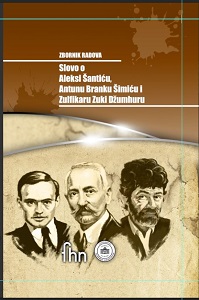
The oral-prose forms as parts of narrattive structure in Zuko Džumhur’s Itenerary have been analysed. The emphasis of this analisis is to separate the oral tradition and revealing its function in additional thematisation of itenerary narration.
More...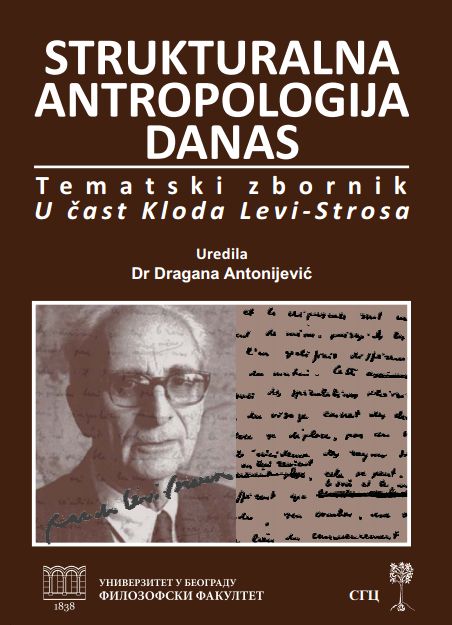
This paper discusses application of structuralist methodology to the research of folk region in Serbia. I discussed possible anticipations and the beginning of application of structural methodology; period of high popularity of rites of passage theories in our ethnology/anthropology, as well as most developed forms of analysis inspired by structuralism. On the example of two specifically chosen 'case studies' I show the ways in which structuralism in our science helped us to see problems from a completely new angle and foste-red a creation of new and original conclusions. In the paper, I claim that the beginning of applications of the ideas and methods developed in structuralism, made a breaking point with the previous research of folk religion, and at its highest points, in some ways, made a basis for the understanding of folk religion as a holistic system.
More...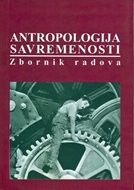
Diverse range of subjects that Richard Dorson handled, or had vehemently dealt with or confronted, addressing many disciplinary quarrels, even today presents a benchmark to numerous scientists who, following his theoretic and methodological lead, approach diverse element of the folklore creativity. In his final years, Dorson and his students, made pioneering leaps in successfully obtaining and interpreting folk traditions of the industrialized Midwest. Dorsons presentation of the novel research area within folklore studies, in his seminal publication Land of the Mill Rats, bequests the question ‘Is there folk in the city’, is there a place for folklorists in modern industrial society’, and as we shall demonstrate in this essay, such a question for him and his followers had implications for scientific goals of defining expressions as behavior, i.e. the understanding of human existence. This creation of a historic and contemporary fieldwork amalgam brings Dorson to the epicenter of urban-industrial America, and its new folklore.
More...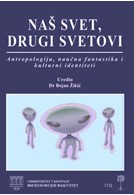
Discursive constructions of gender and femininity in science fiction point to the close ties of science fiction’s "secondary worlds" to the living practices and experiences considering technology and cultural articulation of the difference. Early science fiction novels featured female characters somewhere in the back of the stage, but new wave in science fiction tended to disbalance stereotypes concerning gender, thus making path for cyberpunk and "hard" science fiction from the mid-1980s and on to disperse once unified notion of gender by thematizing effects on technology on human subject. Figure of human-machine hybrid today isusual part of both science fiction and theoretical imaginary, where key contribution stems from the work of feminist theorist Donna Haraway and her view of cyborg as symptom-metaphor of female emancipation through pact with technology. But who owns cyborg’s pleasure? Answer to this question could be found in two science fiction series which proved to be influential in changing genre’s paradigm – in William Gibson’s cyberpunk trilogy "Sprawl", and in Dan Simmons’ tetralogy "Songs of Hyperion" – where key for dealing with fears (and hopes) regarding human relation to technology lies in female characters.
More...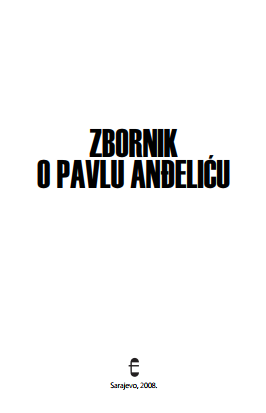
Prije bilo kakvog govorenja o zadanoj nam temi, morale bi se preciznije definirati dvije sastojnice naslovne sintagme. Dakle, što je to bosansko srednjovjekovlje, a što narodna predaja. Bosansko srednjovjekovlje mogli bismo, strogo gledajući na našu temu, vremenski locirati od vladavine Kulina bana (1180.-1204.) do pada bosanskog kraljevstva pod Osmanlije (1463.), za razliku od europskoga srednjevjekovlja, koje traje tisuću godina, a koje je povijesno razvedenije i historiografski opisanije, dakle, dugotrajnije (traje barem dvostruko dulje!), pa tako počinje s propašću Zapadnoga rimskog carstva (476.), a okončava zauzećem Carigrada (1453.).
More...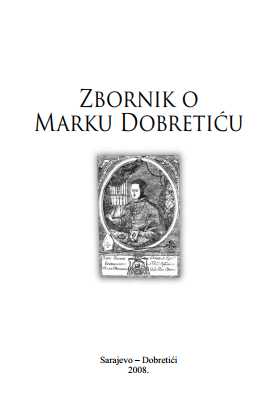
Rad je nastao u koautorstvu prof. dr. Marka Dragića i Katice Lozić Radielović koja je pod mentorstvom prof. Dragića napisala i obranila diplomski rad. Rad je komponiran od deset poglavlja i petnaestak potpoglavlja u kojima se obrađuju: božićni, korizmeni, svadbeni običaji, kao i običaji pri porodu, smrti, gradnji domova; posleničkim običajima te usmeno-književnim oblicima koji su ih pratili. Svi zapisi u radu snimljeni su izvorno na terenu te kao takvi imaju višestruk značaj: etnološki, antropološki, filološki, teološki i dr. Navedeni i interpretirani primjeri zorno svjedoče bogatstvo i raznovrsnost hrvatske narodne kulture i usmene književnosti u jajačkom kraju. Svi ti običaji i primjeri usmene književnosti imaju životnu i estetsku funkciju. U tim se običajima zrcali trinaeststoljetni život Hrvata u Jajcu. Zahvaljujući bogatoj duhovnoj baštini Hrvati su kroz minula stoljeća patnji, progona i stradanja sačuvali svoj vjerski i nacionalni identitet. Stoga je prvorazredan civilizacijski čin snimati narodne običaje i usmenu književnost. To je opći trend u naprednom svijetu.
More...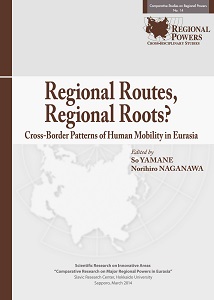
There are two well-known pilgrimages in the state of Maharashtra, western India. One is the Pandharpur, held at fixed times, and the other is the Aṣtavināyaka (eight Gaṇeśa). The former is comparatively arduous and regimented, while the latter is more personal and pleasure oriented. Maharashtra has eight temples sacred to Gaṇeśa (collectively known as the astavinayaka), all located within a hundred-kilometre radius of the city of Pune. The aṣtavināyaka is a popular pilgrimage comprising a visit to all eight of these Gaṇeśa temples. Attracting many pilgrims, both pilgrimages contribute to the regional identity of Maharashtra. This paper shows that these two Hindu pilgrimages in Maharashtra are useful examples to help better understand the role of pilgrimage in modern India.
More...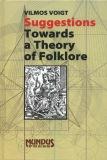
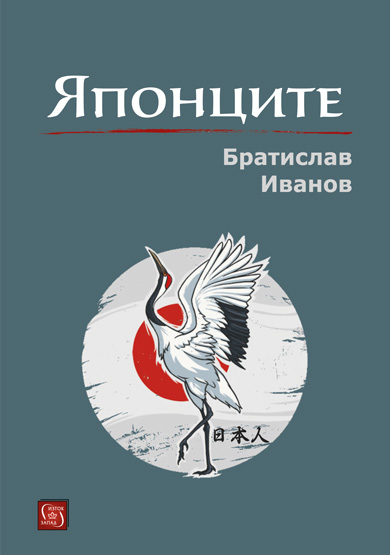
Bratislav Ivanov's new book is dedicated to the values and traditions of the Japanese culture. Already in the early twentieth century, French scientist Henry Dumolard draws attention to the fact that the Japanese people are guided by their logic and draw conclusions that are often incomprehensible to Europeans. To understand the Japanese people, we need to know the values that form the core of their culture. A key to their understanding is the geographical environment, mythology, religion, and Japan's history.
More...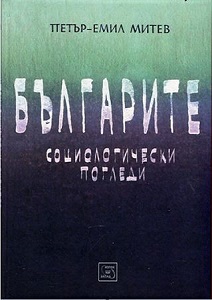
The book concerns the fundamental questions set by the founder of Bulgarian sociology Ivan Hadjiiski: Where are we coming from? What have we gone through? How far have we reached? Where are we going? Sociology is a science in which the person puts his imagination and heuristic potential. Sociology is a craft, in the practice of which the outcome depends on the mastery of the techniques and methodologies, the correct observance of rules and procedures. Sociology is a business that requires certain resources and also can reproduce or increase them. Sociology, however, is something else; it is not only a knowledge of society, but it is a public activity. It loses its meaning beyond the public realization or changes it if this realization does not correspond to the scientific credibility.
More...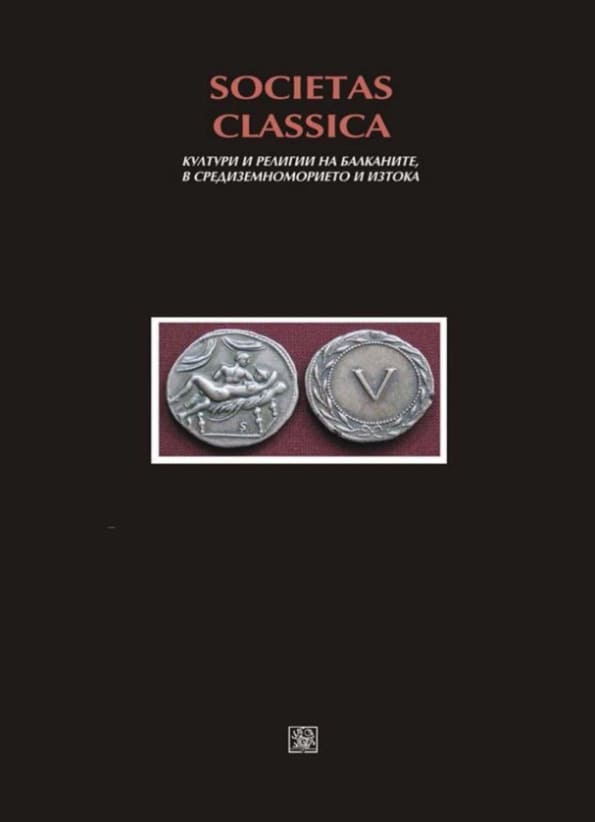
𝑆𝑜𝑐𝑖𝑒𝑡𝑎𝑠 𝐶𝑙𝑎𝑠𝑠𝑖𝑐𝑎 is a multilingual collection of papers presented at the international scientific conference that has been organized by the Department of Classical and Eastern Languages and Cultures of St. Cyril and St. Methodius University of Veliko Tarnovo (Bulgaria) since 2002. Until 2015, the conference was held annually. Since 2018, it is held once every two years. St Cyril and St Methodius University Press issues the collection within the Dr. Nicola Piccolo series. The wide range of topics and the opportunity for authors to submit their academic publications in the original language attracts researchers from all over the world.
More...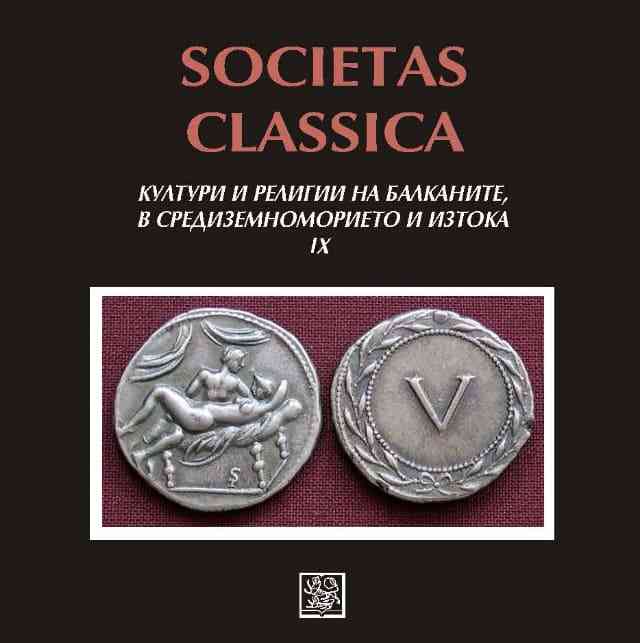
𝑆𝑜𝑐𝑖𝑒𝑡𝑎𝑠 𝐶𝑙𝑎𝑠𝑠𝑖𝑐𝑎 is a multilingual collection of papers presented at the international scientific conference that has been organized by the Department of Classical and Eastern Languages and Cultures of St. Cyril and St. Methodius University of Veliko Tarnovo (Bulgaria) since 2002. Until 2015, the conference was held annually. Since 2018, it is held once every two years. St Cyril and St Methodius University Press issues the collection within the Dr. Nicola Piccolo series. The wide range of topics and the opportunity for authors to submit their academic publications in the original language attracts researchers from all over the world.
More...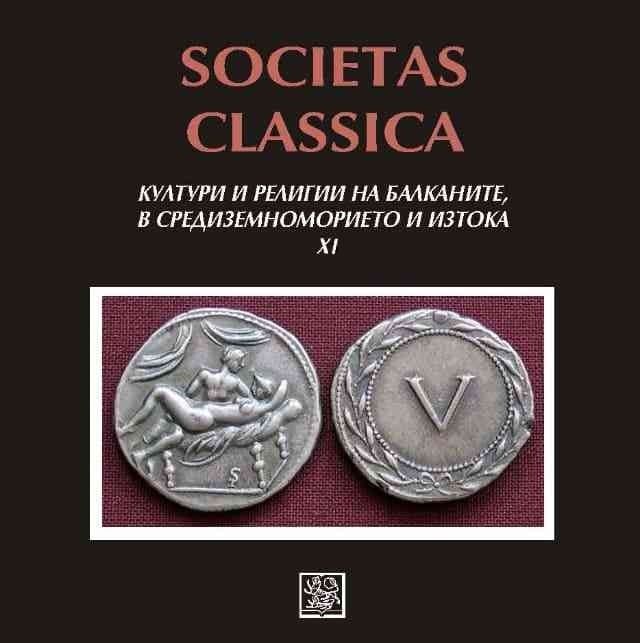
𝑆𝑜𝑐𝑖𝑒𝑡𝑎𝑠 𝐶𝑙𝑎𝑠𝑠𝑖𝑐𝑎 is a multilingual collection of papers presented at the international scientific conference that has been organized by the Department of Classical and Eastern Languages and Cultures of St. Cyril and St. Methodius University of Veliko Tarnovo (Bulgaria) since 2002. Until 2015, the conference was held annually. Since 2018, it is held once every two years. St Cyril and St Methodius University Press issues the collection within the Dr. Nicola Piccolo series. The wide range of topics and the opportunity for authors to submit their academic publications in the original language attracts researchers from all over the world.
More...